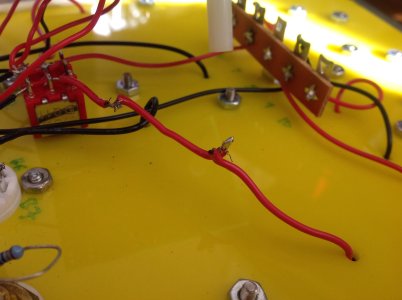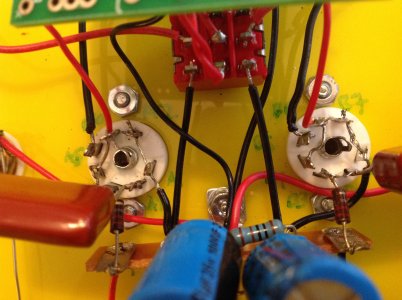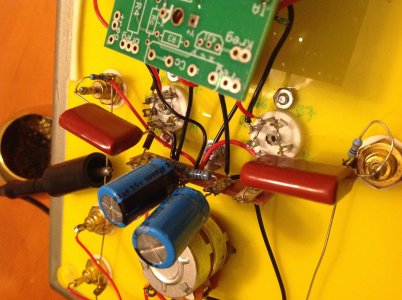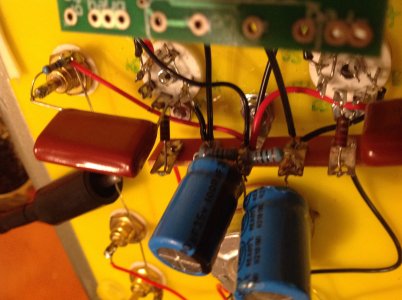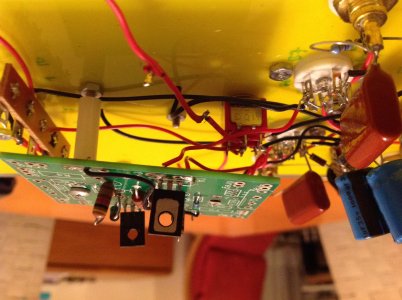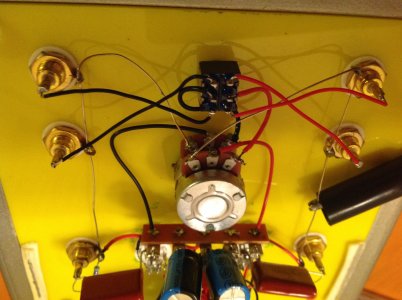denti alligator
New member
I had trouble with this channel before. Re flowed everything, destroyed the tube socket in the process, got a replacement, fixed. Everything fine until now. Out again. Switched tubes. Switched batteries. Nothing.
Here are the voltages. I don't have the manual anymore to compare.
T1 0
T2 1.71
T3 0
T4 1.667
T5 0
T6 17.24
T7 25.9
T9 8.6
A1 1.7
B1 1.665
A2 16.77
B2 16.25
A3 / b3. 0
A4. 16.75
B4 16.25
A5 .332
B5 .315
A6 16.75
B6 16.25
A7 1.7
B7 1.66
Here are the voltages. I don't have the manual anymore to compare.
T1 0
T2 1.71
T3 0
T4 1.667
T5 0
T6 17.24
T7 25.9
T9 8.6
A1 1.7
B1 1.665
A2 16.77
B2 16.25
A3 / b3. 0
A4. 16.75
B4 16.25
A5 .332
B5 .315
A6 16.75
B6 16.25
A7 1.7
B7 1.66

